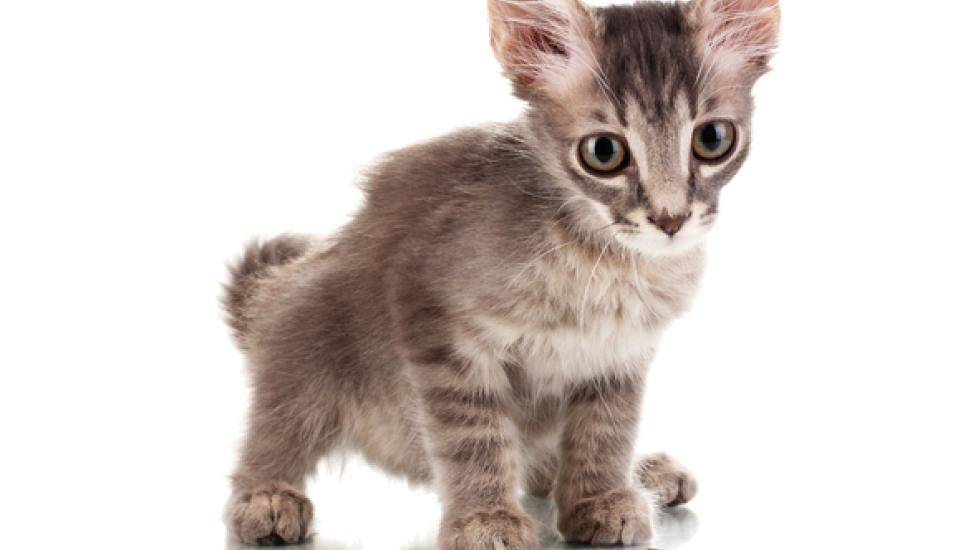A Schedule for Feeding Your Kitten – A Healthy Diet for Growing
Whether you are adopting a kitten, or your nursing cat’s little ones are weaning, you will want to choose the right foods and set up healthy eating habits now. Mealtime also gives you the chance to use food as a part of an environmental enrichment program to prevent boredom and promote training and exercise, all of which are critical to a cat’s long-term mental and physical well-being.
Here is a simple daily schedule for the first six months after your kitten has been weaned. It is best to keep a consistent schedule, rather than feeding free-choice, so that you can maximize your opportunities for training and closely monitor how much food your kitten is actually taking in.
Determine Which Foods and How Much Your Kitten Should Be Eating
- Kittens need to eat foods that supply them with the extra calories, protein, vitamins, minerals, and other nutrients they need to support their growth and development. Pick out dry and canned kitten foods that are high in protein and low in carbohydrates and are made by reputable manufacturers.
- Look at the feeding guides on the labels of the kitten foods. The recommendations should be separated based on a kitten’s weight and age. Use the relevant amount as your starting point. You will be feeding a diet of about half wet and half dry food to start with, so divide the daily ration of canned and dry food by two to prevent overfeeding.
- The amount that your kitten should eat will change over time and if you change foods. Use your cat’s body condition as a guide. If your cat is getting chubby, decrease the amount you are offering. If he or she is becoming too thin, increase the amount.
Morning Meal
- Fresh, shallow bowl of water—large enough to hold around 1 cup of water but low enough for kitten to reach easily. Water bowls should be cleaned daily.
- Feed half of your kitten’s canned food allotment for the day (refrigerate the remaining portion). Pick up and discard any uneaten canned food after 30 minutes or so.
- Fill a puzzle feeder with approximately one-third of the daily dry kibble ration for the kitten to “hunt and play” with through the day. If necessary, put whatever can’t fit into the food puzzle in a small bowl for your cat to “graze” from.
Afternoon Meal
- Refresh water bowl with fresh water if needed.
- Feed approximately one-third of your kitten’s daily ration of kibble.
- Use treats, either store bought or home cooked (unseasoned, cooked egg, poultry, or liver), to practice simple skills like “up” and “sit,” and to get the kitten used to responding to his name. Keep in mind that treats should provide less than 10 percent of your kitten’s daily caloric intake to prevent obesity and nutrient imbalances.
- Meals and treats are also very useful for carrier training, and the afternoon meal is perfect for this.
- Place the kitten’s meal or favorite treat in the carrier (make sure the carrier is clean and comfortable), leaving the carrier door open. Over time, as the kitten grows confident with the carrier, close the door for brief periods; your cat’s comfort with his carrier can be a literal life saver.
Evening Meal
- Refresh water bowl if needed.
- Feed half of your kitten’s canned food allotment for the day. Pick up and discard any uneaten canned food after 30 minutes or so.
- Fill a small bowl with approximately one-third of your kitten’s daily ration of kibble.
- After the final meal of the day is an ideal time for daily play exercise.
Image: Africa Studio / via Shutterstock
